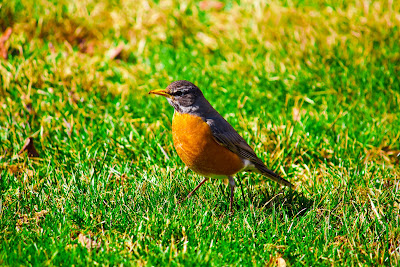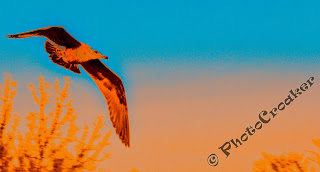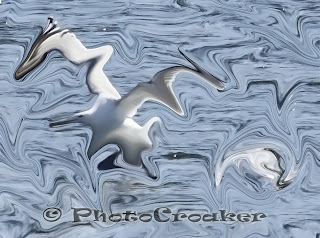Today I want to point out the importance of making your subjects eyes clear and how Photoshop, or Lightroom, can help you. Rule one in animal photography is to have the eyes in focus and clear...as beady as you can make them...but sometimes the light situation or an off exposure will make your pictures come with darkened, unclear eyes. Notice I'm not blaming the lenses since there isn't much we can do about that at the moment because even those with the sharpest lenses do come up with photographs with darkened eyes. So, without further ado, let's see the differences...
Canon 500D (Rebel T1i) with EF-S 55-250mm IS @200mm 1/640s F/5.6 ISO 100
You can click on the image to enlarge it and you will see the eye still somewhat dark and unattractive. Now, I have not adjusted the exposure or any other setting, but I want to stress the importance of shooting RAW especially as a beginner with less than good lenses or spot-on exposure settings.
Now let's take a look at this one.
Click on the picture to enlarge it and see if there you notice the difference. I did increase the exposure, but I also used the Adjustment Brush in Camera Raw to focus on the eye and increase its contrast, clarity, and exposure. To up the color, I increased saturation all the way and a little on the brightness, too. That's the good thing about the Adjustment Brush, I could select and isolate the eye and work on it without altering the rest of the picture.
Now, let's take look at another photograph.
To end it all, here's a little something I made using this image to go along with today's subjects. Enjoy and, remember, to focus on the eye.
Now, let's take look at another photograph.
Canon 500D (Rebel T1i) with EF-S 55-250mm IS @250mm 1/640s F/7.1 ISO 100
For this set, everything is the same except for the eye and all that was needed to bring out its beauty was an extra isolated touching up using the Adjustment Brush in Camera Raw. You can see how its color contrast well with the rest of the picture and how it livens up the bird and the photograph in general.
To end it all, here's a little something I made using this image to go along with today's subjects. Enjoy and, remember, to focus on the eye.









